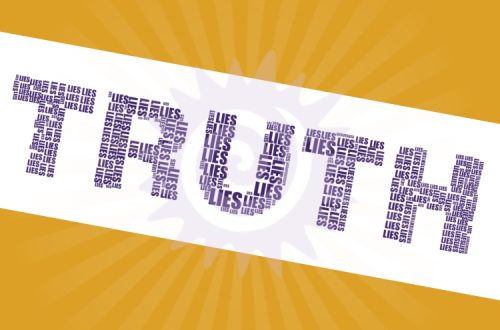Are your buttons getting pushed at work? Here’s a go-to guide packed with helpful tips.
Think you’re doomed to automatically react to situations that push your buttons in ways that have you saying “I can’t believe I did that” after the dust settles?
I’m here to tell you: it can be different! Since we’re in that time of year where many organizations notice tensions rising, I’ve been talking a lot lately about navigating difficult situations.
This post is meant to be a quick go-to reference – bookmark it so that the next time you feel like your buttons are getting pushed, you can refer to it for some fast tips to help you.
1) What pushes your buttons? Dig deep to discover more about what triggers you. It takes a good deal of courage to look at yourself honestly.
In order to effectively navigate through difficult situations, evaluating yourself honestly is the first important step. Here are some tips you can try out today in this post.
2) Identifying your unique set of physiological “warning signs” is vitally important. Think about a time when you felt triggered.
Maybe you can recall feeling:
• your mind racing…heart pounding…difficulty breathing
• a flushed feeling in your face/influx of heat in your body
• tightening muscles or generalized tension
• a sense of urgency to respond right away
• a desire to “shut down” or pull away
Having trouble identifying your warning signs? Try this tip I suggested in a recent post to gain more insight into how you react to a triggering situation.
3) Learn to recognize the cumulative effects of recent and past experiences on your reaction to a triggering situation. Ever notice that when things are going well in your life, it feels like you can handle almost anything that comes your way?
When we’re under stress, the opposite is often true. You may find yourself reacting with greater emotion to a triggering event. Learn more about how recent and past events can influence your reaction to a trigger here.
4) When we’re deeply triggered by our emotions, there is usually a lot more going on than just the heat of the present moment. We need to look beyond the moment to find out where that reaction is coming from.
If you’ve come away from a situation puzzled as to why you reacted the way you did, realize that beneath the surface of the incident lies something deeper. Read this story about a client of mine and how she used a difficult workplace situation to gain a deeper understanding of herself – and most importantly, greater confidence in her ability to successfully navigate her triggers.
5) Not every triggering situation is “negative.” It’s easy to think of triggering situations that push our buttons as negative, like conflict in the workplace or a disagreement at a family gathering.
 While many are, we can also feel an intense rush of distracting emotions even in situations we deem “positive.” Be mindful of this as you learn more about what triggers you and why. Get more insight about this concept here.
While many are, we can also feel an intense rush of distracting emotions even in situations we deem “positive.” Be mindful of this as you learn more about what triggers you and why. Get more insight about this concept here.
If you need more tips to help you navigate triggering situations with confidence – and to use them as positive opportunities for growth, I’ve got some exciting events rolling out soon – visit my Events page to find the one that’s the perfect fit for your organization.





